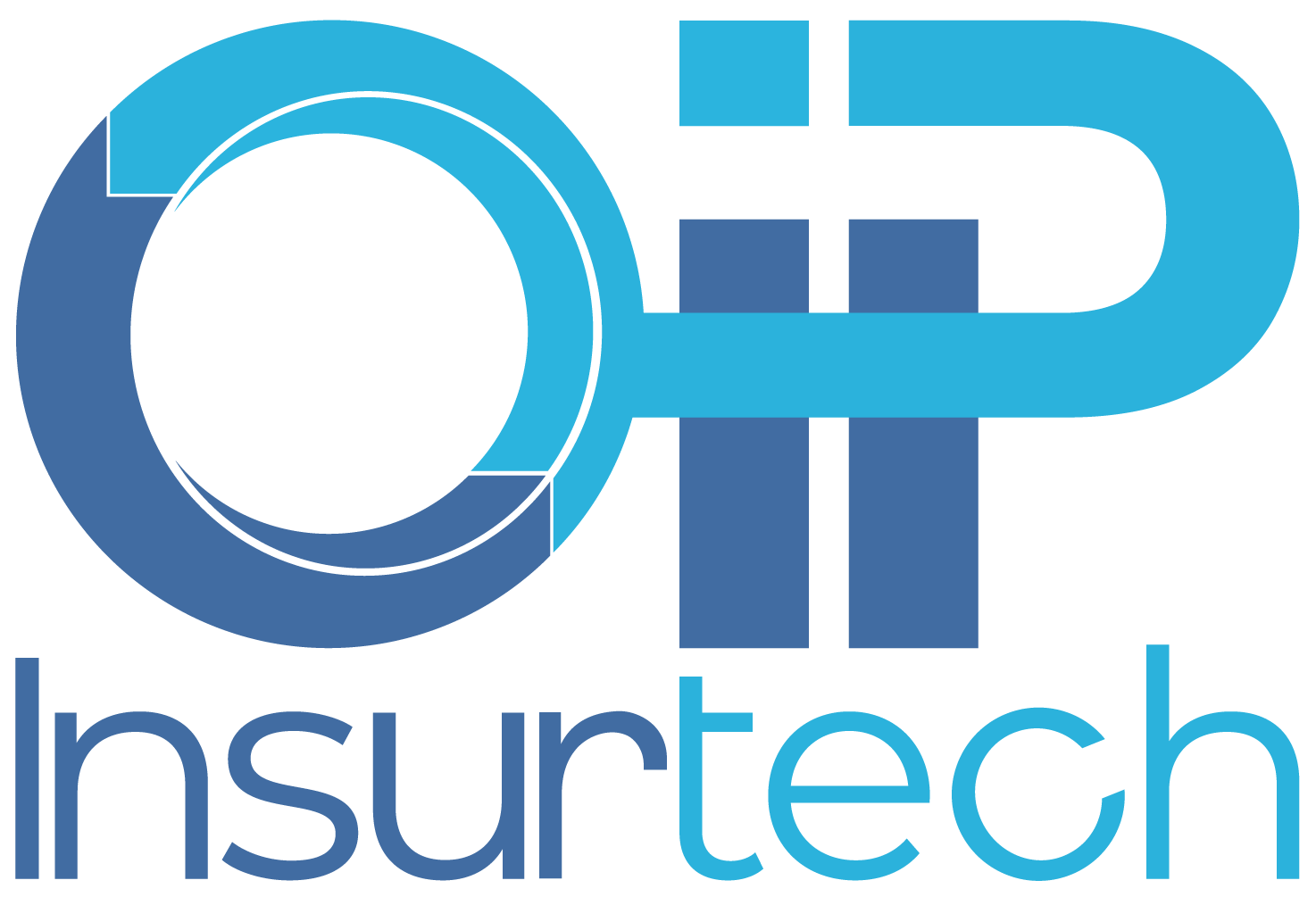Revolutionizing Insurance Workflows: How Automated Document Extraction Saves Time and Cost
Insurance still runs on documents.
Submissions, claims, endorsements, loss runs – they all require review and data entry.
But here’s the problem: it’s slow, costly, and full of mistakes. Even a small error can lead to delays, fines, or compliance issues.
And with most of this data coming in as scanned PDFs or emails, it’s easy to fall behind.
In fact, nearly 80% of insurers say they struggle to manage unstructured documents. That’s a big problem in a market where speed and accuracy matter more than ever.
The good news?
AI-powered tools now handle document processing better and faster than people can.
Instead of retyping forms, underwriters and adjusters can work with clean data from the start. Automated document extraction reads, classifies, and feeds info straight into your system.
No more backlogs. No more double work.
We’ll show how automated document extraction in insurance can cut costs, reduce errors, and speed up everything you do.
Why do insurance companies struggle with traditional document processing?
Manual document processing might seem manageable at first. But as insurers grow, so does the paperwork.
And with that comes more delays, more mistakes, and more pressure on your team.
Too Much Paperwork, Not Enough Time
Claims and underwriting teams spend hours reading through forms.
They type the same info into different systems. Check and recheck everything.
It’s slow and boring. And it takes people away from more important work, like quoting or helping customers.
As the number of documents grows, the delays get worse.
It Costs a Lot
Manual work means more people.
That means more hiring, more training, and more money spent on basic tasks. When someone leaves, the cycle starts again.
And in a busy season, like storm claims or renewals, costs spike even higher.
Keeping enough staff just to move data from one place to another?
That adds up fast.
It’s Risky, Too
Insurance forms contain sensitive data. Names, addresses, billing details – mistakes can cause big problems.
One typo could lead to a wrong payout. One lost form could mean a compliance issue.
Manual work makes it easier to miss something. That’s why more insurers are switching to automated systems, to protect both data and their reputation.
According to Deloitte, data security and compliance are two major reasons insurers are investing in better document handling tools.
What is automated document extraction in insurance?
Insurance documents take time to read, sort, and process. But AI can do it faster.
Automated document extraction uses smart tools to pull key info from files without needing someone to type it in. These tools include:
-
OCR (Optical Character Recognition)
-
Machine learning
-
Intelligent Document Processing (IDP)
-
Robotic Process Automation (RPA)
These systems can read forms like applications, claims, endorsements, and loss runs.
They can pick out the right data and send it to your main system.
And help with faster reviews, updates, and decisions.
It cuts down on human work, reduces mistakes, and helps insurers move faster.
How is it different from standard OCR?
OCR turns printed text into digital text. That’s it.
Automated document extraction goes further. It reads the text, understands what it means, and puts it in the right place.
It can tell the difference between a claim and a quote. It knows where the named insured is. And it feeds the data directly into underwriting or claims systems.
That’s not just faster, but smarter.
According to Gartner, intelligent document processing platforms can reduce manual processing efforts by up to 60%. That fact clearly highlights the step-up from basic OCR functionality.

Insurance use cases where automated document extraction makes a difference
Insurance workflows are packed with paperwork.
Automated document extraction helps speed things up at every stage.
New business submissions
Underwriters deal with piles of applications every day. Without help, it takes hours to pull out the right details.
Automation changes that. It reads submissions, captures key fields like coverage limits or addresses, and fills them into underwriting systems.
That means faster quoting. Fewer mistakes. And more time spent evaluating risks instead of typing.
Loss runs and claims handling
Loss runs are full of critical data. Manually reading them slows everything down.
Automated extraction grabs loss histories in minutes. Claims teams can move faster, make decisions sooner, and keep policyholders happier.
Some insurers using automation now handle claim data in minutes, not days.
Policy issuance and endorsements
Issuing new policies or updating endorsements means digging through long documents.
Automation pulls out what matters. It spots names, coverage amounts, and exclusions right away.
Faster updates. Fewer errors. Happier clients who don’t have to wait.
ETL and system integrations
Many insurers still run old systems. Moving data between them is slow and messy.
Automated extraction solves this. It reads the data, standardizes it, and sends it straight into your systems.
No need to rebuild everything from scratch. No more manual fixing of missing fields.
Practical benefits: time and cost savings
Automated document extraction does more than speed up tasks. It helps insurers work smarter.
The first big win is time. Many insurers spend hundreds of hours each month typing in data. Automation takes over that job.
Now your skilled team can focus on more valuable work, like reviewing risk or helping clients.
The second win is faster turnaround. With automation, quotes and claims move quicker. There’s no waiting for someone to review every page by hand.
That speed keeps customers happy and keeps you ahead of competitors.
Accuracy also improves. Manual work often means typos and rework. Automated tools don’t forget to check a box.
They pull the right data and check for missing info before it enters your system. That means fewer mistakes, better audits, and stronger compliance.
In the end, it all adds up. Less time wasted. Fewer errors. Lower costs.
And a faster path to growth.
Choosing the right automation partner
Automation is only half the job. Picking the right partner is the other half.
Not every tool is built for insurance. Some claim they work “across industries.” That usually means they’re not great at any.
You need a partner who knows insurance inside and out.
Here’s what to look for:
1. Industry knowledge
Insurance has its own rules, workflows, and document types. If your partner doesn’t know the difference between a dec page and an SOV, they’re not the right fit.
Your tool should be built by people who’ve worked in insurance.
2. AI that keeps learning
Good AI doesn’t stand still. It gets better over time. Look for tools that adapt to your documents, formats, and workflows.
That keeps accuracy high, even when your operations change.
3. Easy to connect
The tool should work with your current setup.
Whether it’s a modern system with APIs or an old one that needs RPA, the tool should fit in. You shouldn’t have to rebuild your tech stack to make it work.
4. Security built in
Document extraction involves sensitive data. The tool should use encryption, access controls, and stay compliant with laws like HIPAA and GDPR.
If security isn’t a priority, walk away.
And don’t just look at the tech.
You’re not buying software. You’re choosing a partner.
The right one will help with onboarding, adapt to your needs, and make sure the tool actually works for your team.
Scalability and flexibility
Insurance comes with messy documents.
Some are short and clean. Others are 90 pages long and full of handwritten notes.
Your tool needs to handle both.
A good system doesn’t crash when volumes spike.
During renewal season or CAT events, it should scale fast without losing speed or accuracy. Look for cloud-based tools that balance loads and stay reliable.
If your current setup needs extra hires during busy periods, it’s not scalable.
Automation should help you grow. It shouldn’t be a patch.
Why human-in-the-loop still matters
Even the best AI can miss things.
Some broker notes don’t follow any standard. Some policies need a trained eye to review. That’s where human-in-the-loop (HITL) makes a difference.
With HITL, automation handles most tasks. But when something looks off, a trained expert steps in. You get:
-
Speed from automation
-
Accuracy from human review
This setup is key for non-standard risks or high-value accounts. It catches issues early, before they become problems.
The right partner lets you choose the model that fits: full automation, HITL, or a mix of both. That flexibility gives you control over accuracy, speed, and cost.
Why OIP Insurtech stands out
Most tech vendors try to learn insurance. OIP Insurtech did the opposite.
We started in insurance. Then we built tech to solve the problems we knew firsthand.
Our team includes former underwriters, claims pros, and ops managers.
We’ve been in the seat and seen the bottlenecks.
That experience shapes how we build. Everything we offer is made to fit how insurance actually works, not how outsiders think it does.
We’re not selling you software – we’re offering clarity.
We remove friction so your team can move faster, do better work, and serve your clients the way they expect.

How the Bound AI Saves Time and Cost
Bound AI was built by people who’ve actually worked in insurance.
We saw where older tools fell short and made something better.
What is the Bound AI?
It’s more than just OCR.
Bound AI is a full platform that reads, understands, and organizes insurance documents. It handles everything from first submissions to final policy updates.
The tool learns as it goes. Over time, it gets smarter and more accurate.
It works with both modern systems (via API) and older setups (via RPA), so you can start using it without changing your whole tech stack.
Faster quoting, fewer bottlenecks
When submission season hits, most teams fall behind. Bound AI solves that.
It pulls data from submissions in seconds and feeds it into your system. No more digging through PDFs or retyping the same fields.
That means faster quotes and fewer missed opportunities.
Claims data without the chaos
Bound AI also helps with claims. It reads loss runs, medical bills, and repair invoices. Adjusters get the details they need right away.
No waiting. No chasing down files.
Just faster decisions and quicker settlements.
Simple policy updates
Need to update a policy? Bound AI finds the right info, like limits or endorsements, and sends it straight to your system.
No one needs to search for forms or copy numbers by hand.
Your team gets to final coverage faster and with fewer errors.
Easy to use, quick to launch
Bound AI isn’t just powerful – it’s easy.
Our team helps you set it up fast. The platform learns your documents and adapts to your workflows.
It feels like a tool made for your team.
Because it was.
The bottom line
Automated document extraction isn’t a future trend – it’s becoming the new standard.
Insurers that move now will work faster, reduce mistakes, and cut down on unnecessary costs.
Bound AI helps make that shift easy. It reads your documents, pulls the right data, and sends it straight to your system, no delays, no mess.
You get more done in less time. Your team focuses on real work, not retyping forms.
And your customers? They notice the difference.
What you get with Bound AI and OIP Insurtech
-
Lower costs: No more hours lost to manual data entry.
-
Faster quoting and claims: Get to answers and decisions quicker.
-
Fewer errors: Clean, structured data means less rework.
-
Built for insurance: Our team has worked your workflows—we know what matters.
-
Seamless setup: Bound AI fits into what you already use.
Want to learn more? Send a message to our team and see how OIP Insurtech and Bound AI can reshape your insurance operations.

